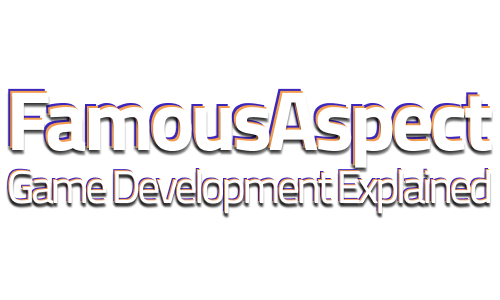Back in August, Natural Motion made big headlines when it was reported that their hit game, CSR Racing, had surpassed $12 million in monthly revenue. The drag racer spent most of the month of July dominating the iOS top grossing chart and enjoys a position in the top 25 on both iPhone and iPad today. Based on my model for iPhone/iPad revenue, I estimate that CSR Racing has generated a little over $5 million in worldwide sales in the past 30 days.
CSR is a fantastic, polished and fun experience, the essential foundation of developing a top grossing game. But I wanted to take a look at 5 UI/UX tricks the game utilizes to help drive its exceptional revenue.
Strong top of the funnel
When designing a freemium game, you are constantly considering “the funnel”. How many players are downloading your game each day? How many of those players even open it up? How many play for more than one day? How many spend money?
Not to dismiss the game, but the core mechanic of CSR Racing is very simple. I could code up a demo of the drag racing mechanic of revving the engine, shifting gears and hitting the nitro boost in less than a day. In CSR’s execution, not only is this mechanic well tuned but it also looks incredibly hot.
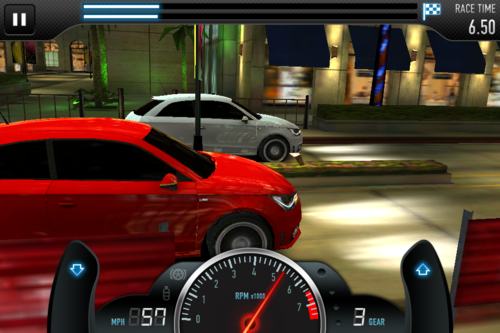
For a mechanic so simple, the quality of the experience really comes through at the top of the funnel – before the player even downloads the game. Whether he sees a friend playing it or is browsing screenshots on the iOS store, the game screams quality. This strong top of the funnel is key to attracting the large download numbers that turn into revenue at the bottom of the funnel.
Loaner cars
Very intuitively, the game sells cars for a mixture of earned and purchased currency. An issue freemium games often struggle with in motivating players to cross over the penny gap and spend money for the first time is that players don’t know the value they will be getting for their hard earned cash.
To create a sustainable business, a freemium game must enable a player to have more fun by spending money. CSR racing has a brilliant feature which allows the player to experience a taste of the fun each day.
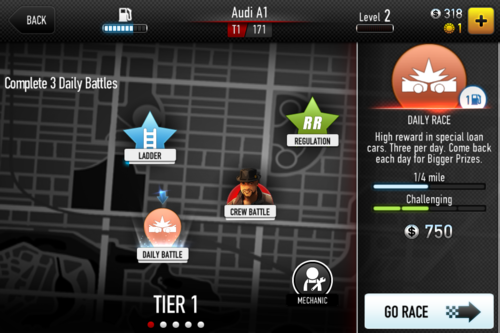
Each day, the player can participate in a daily challenge three times. What is unique about this challenge is that the game “loans” you a car to use. Instead of using the same car that the player earned by grinding the good old fashioned way, he can experience one of the game’s many premium cars and how good it feels to smoke the competition when he wins with the help of this luxury model. The value of spending money is very clear to the player because he gets to experience it every day.
Incentivized connection
Freemium games frequently give out small amounts of purchased currency, another method of giving the player a taste of the fun they will have after spending money. CSR Racing uses this common tool to incentivize connecting to the game via Facebook.
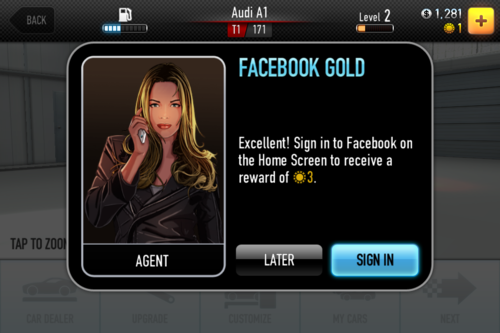
This may seem trivial; if the player is purchasing gold in the $5 package, this represents a little less than $0.30 of value. Why is incentivizing a Facebook connection so important? According to a June 26th post on the TinyCo blog, those who have connected with Facebook are 60% more likely to pay in TinyCo games. These Facebook users are also monetizing 138% higher than normal users. If TinyCo’s findings hold true across game genres and companies, Natural Motion stands to make lots of money by encouraging players to race with friends.
Premium goods are present
When I give talks on designing for freemium, I like to hit home the importance of making sure your premium goods are present for the player. Your monetization should not be thrust in the player’s face continually, but he should see the ability spend money as part of the core loop of playing the game.
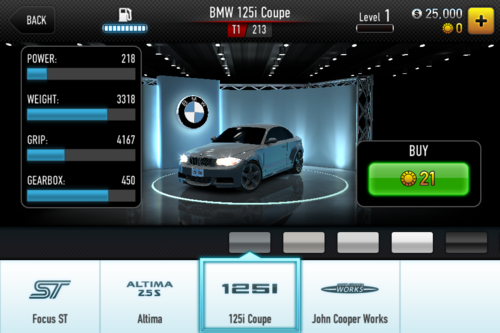
CSR Racing is all about filling your garage with sweet rides. Core to the experience is shopping for new cars, lusting after the high rez models of the same luxury brands that core players lust after in real life. CSR Racing does not ghettoize luxury cars off in a special shop that is harder to access (as some games tend to with a premium cash store), instead placing them side by side with cars purchased for earned currency.
The road to unlimited spending
Another topic I frequently highlight when speaking about the design of freemium games is my great love for consumable based economies. Not everything must be consumable, but if you design a game with only permanent goods, you are effectively putting a cap on the amount an enthusiastic player can spend in your game.
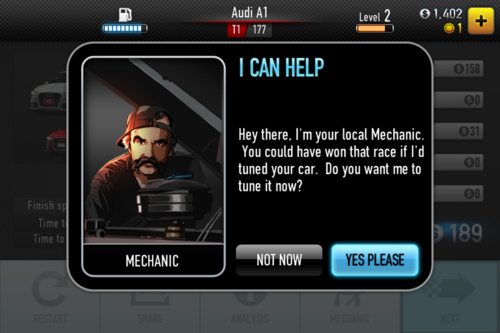
When the player loses a race in CSR, the Mechanic is there to help. He can tune the player’s engine, giving him a performance boost for a limited number of races.

Assuming the player buys the $5 currency package, a 15 race tune up means spending about $0.64. Since races tend to be 15 to 20 seconds long, the palyer is spending those 64 cents on about 4 minutes of bonus fun. In a high quality game like CSR Racing where players will come back for weeks and weeks of engagement, the amount they can spend on the Mechanic is limitless.
These are just 5 of the many little UI/UX tricks a game like CSR Racing uses to turn a fun experience into a top grossing game. For more UI/UX best practices for freemium games, check out my GDC ’13 talk Game Design is Business Design.
